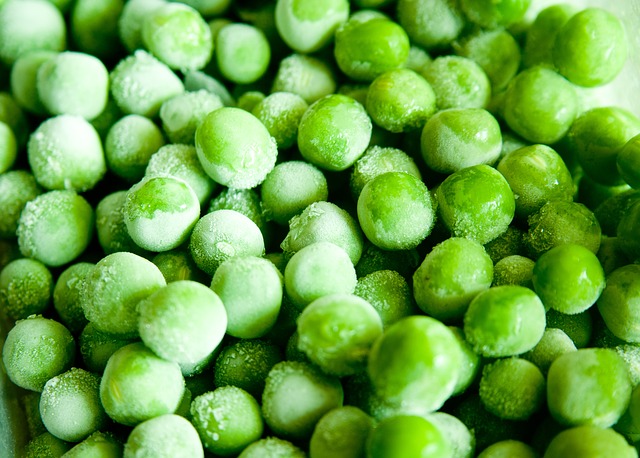When it comes to produce, you really can’t go wrong with more veggies. Rich in fiber, beta-carotene, potassium, vitamin C and phytochemicals, vegetables are great, and a high vegetable intake has been associated with lower rates of heart disease and certain cancers. It may also help with “waist control,” since most are so low in calories.
Below are a few tips to try when buying and using frozen vegetables
- Look for the “no frills” type, packaged without excess sodium, butter, or cheese sauce. These will be lowest in calories, fat, and sodium and tend to be less expensive too.
- Buy a family-sized bag instead of a “serving for one”. You’ll likely pay the same price, but get more food for your dollar. Plus, it will encourage you to eat bigger servings of vegetables.
- Choose a variety of veggies. Who wants to eat only frozen peas? Get mixed vegetables for color and nutritional value as well as spinach, broccoli, and other vegetables.
- Try frozen peppers and onions. These are great for casseroles, chili, eggs, soup, and stew. Just think — no more onion tears!
- Add chopped frozen spinach to dips, quiche, soup or spaghetti sauce. It wilts down to nothing, but adds loads of potassium.
- Steam frozen veggies in a microwave for 2½ minutes. The less time and water used, the more nutrients are retained.
- Add frozen veggies to leftover rice or noodle dishes. They add color, flavor and nutrition to any dish.
- Pack frozen vegetables in your lunch as a side dish. They’re not just for dinner!
- Skip the steamable bag to save money. Frozen veggies can be steamed and served in a glass bowl from your microwave just as quickly.
- Don’t forget frozen squash! It can be added to soups or stews to boost fiber, beta-carotene, and potassium content.
By Lisa Andrews, MED, RD, LD
Copyright foodandhealth.com, reprinted with permission.

